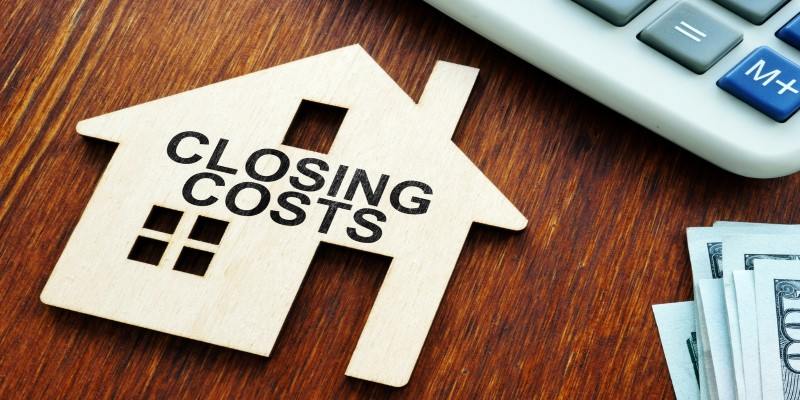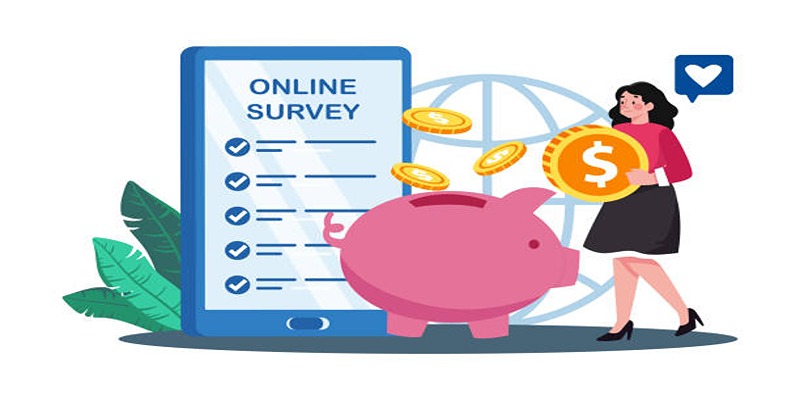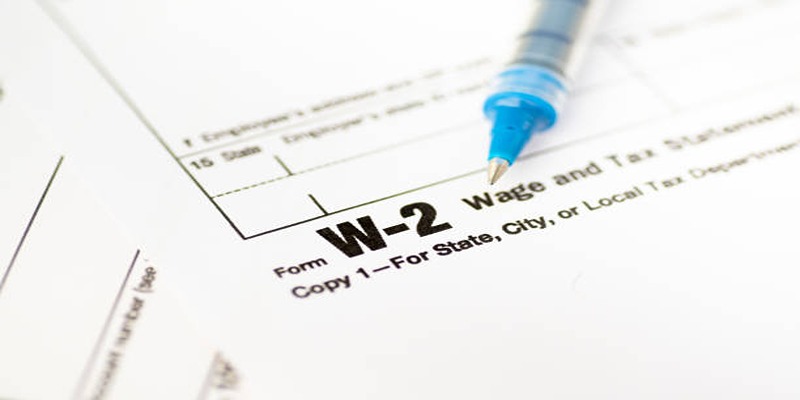The debt-to-credit ratio—also known as credit utilization—shows how much of your available credit you’re using. It’s one of the key numbers lenders check when deciding whether to approve you for loans or credit. If you’re using too much of your limit, it can suggest financial strain. A lower ratio, on the other hand, tends to reflect responsible credit habits.
This ratio mainly applies to revolving credit like credit cards, not fixed loans. Even though it’s a simple percentage, it influences your credit score and shapes how others view your financial reliability. Knowing it can help you make better choices.
Understanding the Debt-to-Credit Ratio
Debt to credit ratio measures how much revolving credit you’ve used compared to what’s available. It’s calculated by dividing your total credit card balances by your combined credit limits. For example, if you owe $1,000 on a $5,000 limit, your ratio is 20%.
Lenders and credit scoring models use this figure to judge your financial habits. A lower percentage suggests that you're not overextending yourself. A higher one may signal risk, even if you pay your bills on time.
This ratio is only tied to revolving credit. It doesn't consider installment loans like student loans or car payments since those have fixed terms. Because revolving credit fluctuates, it gives lenders a better sense of your day-to-day financial activity.
Your ratio can change throughout the month. It reflects the balance reported to credit bureaus, which doesn’t always match your payment schedule. You might pay your bill in full, but your ratio could still seem inflated if the balance is high on the report date. This is why some people pay their credit cards more than once a month to keep reported balances lower.
High utilization doesn’t just affect borrowing. It can increase insurance premiums or affect lease approvals. That makes understanding and managing this ratio part of maintaining broader financial health.
Why the Ratio Matters to Your Credit Score?
In many models, your debt-to-credit ratio is a major part of your credit score—up to 30%. Using more than 30% of your credit limit can decrease your score. Even if you always pay on time, a high ratio can make it look like you rely too heavily on credit.

Let's say you have $10,000 in credit across several cards and a total balance of $3,500. That's a 35% ratio, which could negatively affect your score. Keeping it under 30% is generally recommended, and staying below 10% is even better.
Many people get confused by timing. Your statement balance might not reflect your actual balance when the issuer reports to the bureaus. This is why mid-cycle payments can help reduce your reported ratio.
Having a 0% ratio all the time may seem ideal, but a small balance that’s paid off regularly shows lenders you’re using credit responsibly. Some activity is better than none when it comes to building credit history.
Lenders also see your ratio as a sign of how you’d handle more credit. If you’re already using a large portion of what’s available, it might seem risky to extend more. If you’re using a small amount, it indicates room to manage more borrowing if needed.
Managing and Improving Your Debt-to-Credit Ratio
Managing your debt-to-credit ratio begins with knowing where you stand. Add up all your credit card balances and compare them to your total limits. That gives you your current ratio.
The simplest step to lower it is paying down balances. Even small payments reduce the ratio. Focusing on cards with the highest balances or the highest utilization may see quicker improvement.
Another method is asking for a credit limit increase. If approved and your balance stays the same, your ratio improves. For example, a $2,000 balance on a $5,000 limit is 40%. If your limit increases to $8,000, it drops to 25%.
Opening a new card can also raise your total available credit, but this should be done cautiously. Applying for too many cards quickly can hurt your score or suggest financial stress.
Your payment schedule matters. If you make large purchases early in the billing cycle, your balance might be high when reported—even if you pay it off. Making a second payment mid-cycle can help keep your ratio down.
It’s not about avoiding credit but showing you how to use it wisely. Keeping balances low compared to your limits and paying on time builds a stronger credit profile.
The Long-Term Impact of Keeping a Low Ratio
A healthy debt-to-credit ratio shows you can manage credit without overreliance. It improves your credit score and, in turn, your chances of getting better loan terms, approvals for leases, or lower insurance rates.

Many people focus only on the dollar amount they owe, but lenders care about the percentage. Someone with $500 of debt on a $1,000 limit has a 50% ratio, which is more harmful than someone with $2,000 of debt on $10,000 in credit.
Good credit habits—consistent on-time payments and low utilization—can make a lasting difference. The goal isn't zero debt but smart use of the credit you have. Keeping an eye on your ratio helps avoid surprises when applying for loans or lines of credit.
Once you understand the mechanics, it becomes easier to adjust your approach. Spreading out spending, paying strategically, and avoiding maxed-out cards all support a lower ratio and a healthier credit score.
Conclusion
Your debt-to-credit ratio is a small number with a big influence. It tells lenders how you handle available credit and makes up much of your credit score. Staying under 30%—or ideally 10%—can strengthen your credit profile and help you qualify for better loan terms. But managing it isn’t just about making payments. It's about knowing how balances are reported, keeping spending in check, and using credit responsibly. A low ratio reflects stability and control. With regular attention and a few adjustments, it’s possible to keep this number working in your favor—without changing your lifestyle dramatically.












